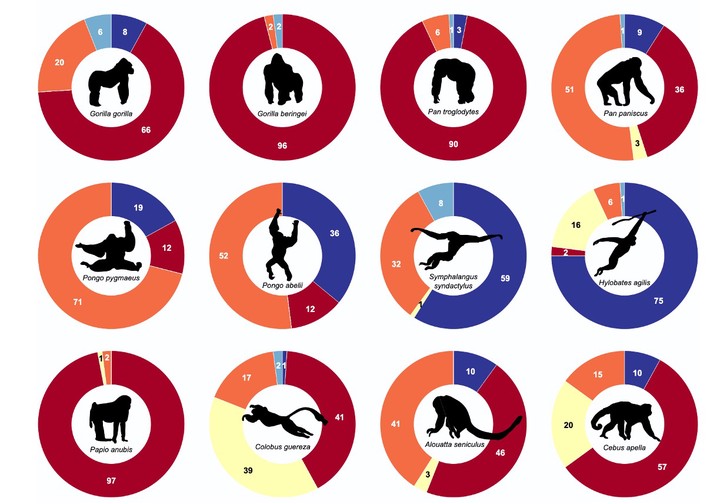A Dryopithecine Talus From Abocador de Can Mata (Valles-Penedes Basin, NE Iberian Peninsula) Morphometric Affinities and Evolutionary Implications for Hominoid Locomotion
Abstract
The functional interpretation of postcranial remains of Middle Miocene great apes from Europe (dryopithecines) suggests a combination of quadrupedalism and orthograde behaviors without modern analogs. We provide further insights based on an isolated dryopithecine talus (IPS85037) from the Middle Miocene (11.7 Ma) Abocador de Can Mata locality ACM/C8-B* (Valles-Penedes Basin, NE Iberian Peninsula), which represents the most complete one known to date.
Type
Publication
In AJBA, 186 (4) e70043 (2025)
